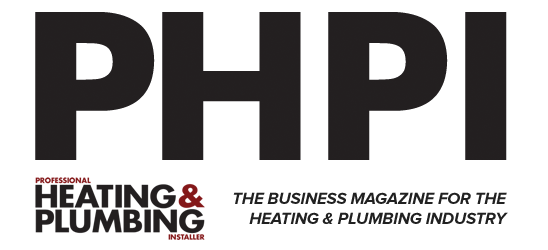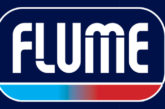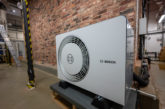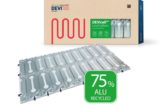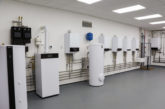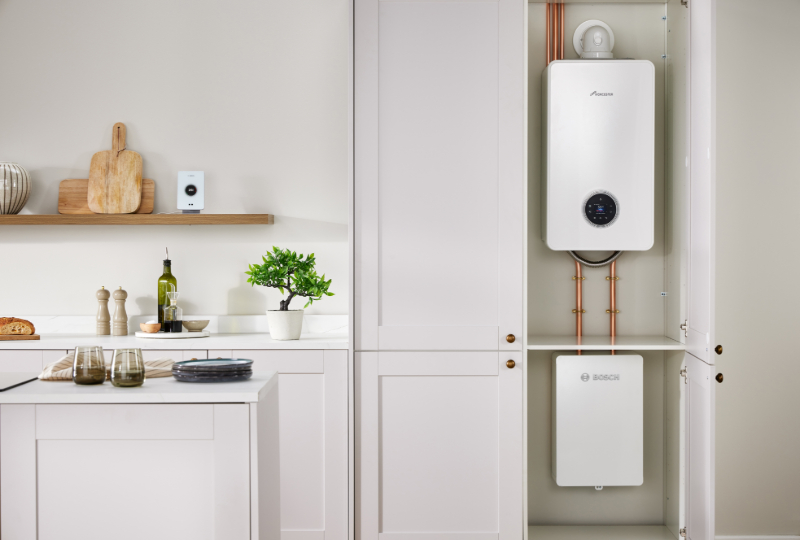
Martyn Bridges, Director of External Affairs at Worcester Bosch, explores the current barriers facing the low carbon heating market.
It’s of course no secret we’re on a legally binding Net Zero target by 2050. On top of this, a good proportion of our carbon emissions come from home heating and hot water systems.
The UK is a country predominantly using gas-fired or oil-fired boilers with approximately 24 to 25 million homes heated that way. Low carbon heating means displacing these products, either with low carbon alternatives such as biogas, hydrogen or electricity.
For the majority, low carbon heating will be achieved by using low carbon electricity and mainly heat pumps.
And while heat pump sales are growing, the numbers are still relatively small compared to boilers – the 125,000 heat pumps likely to be sold this year will be overshadowed by 1.5 million boiler sales. It means less than 10% of the heating products sold in 2025 will be heat pumps.
Admin burden
We’re seeing new players enter the low carbon heating industry, and many of the bigger energy companies are creating teams to fit heat pump systems. Two or three of these energy providers are by far the most prolific installing companies for these systems in the UK.
Historically, the UK heating industry has tens of thousands of sole traders. And while we’re seeing the bigger companies embrace low carbon heating installations, there isn’t the same take-up for sole trading installers.
Much of this is down to the complexity surrounding the administration side of heat pumps. To be eligible to offer the £7,500 Boiler Upgrade Scheme grant to consumers, a number of business practices must be in place which require administrative capacity and skills. Many installers don’t have the time or staffing levels to handle this.
At the same time, there’s no shortage of sole traders wanting to upskill to become low carbon heating or heat pump installers. We always have a long waiting list for gas engineers who want to add heat pump skills to their armoury.
The challenge is once installers have obtained these new skills, they can only fit a heat pump when a consumer requests one.
Overcoming the barriers
Heat pumps can be a difficult upsell for a newly trained installer when the customer is originally set on having a new boiler. The increased outlay is a big issue.
The sale is made harder by the fact gas and electricity prices are so distant from each other – there aren’t any real great cost savings to be achieved by having a heat pump today.
Perhaps a middle ground may be possible if the government acknowledges the availability and performance of hybrid heat pumps.
Hybrid route
Hybrid heat pumps generally cost around half that of a full heat pump system while still decarbonising the home by at least 80%. The householder also doesn’t need to install hot water storage cylinders or make changes to their radiators.
And while we’re seeing progress for low carbon heating, take up could be dramatically improved if hybrids had more than just a nod of awareness by the government – and giving them funding under the Boiler Upgrade Scheme.
For example, if the funding was for £2,500, rather than the £7,500 for a full heat pump system, it still gives consumers a very decent contribution towards a hybrid system.
Effectively for the same money we can decarbonise three properties by up to 80% rather than one property by 100%.
The low carbon heating market is here to stay, however, it may not hit the desired growth trajectory without more openness towards other low carbon technologies such as hybrid heat pump systems.

